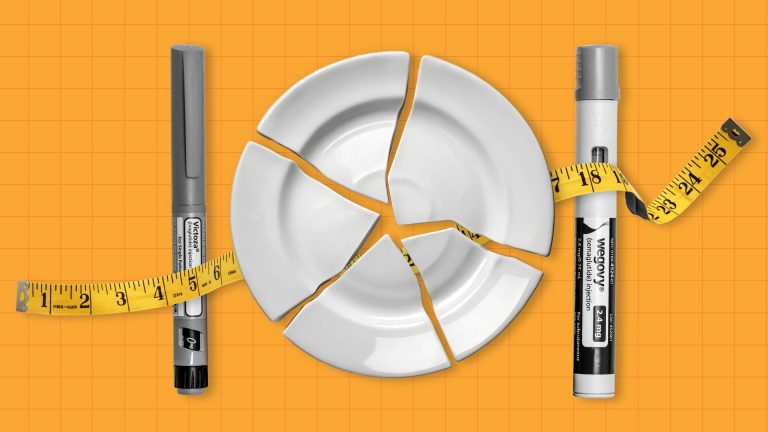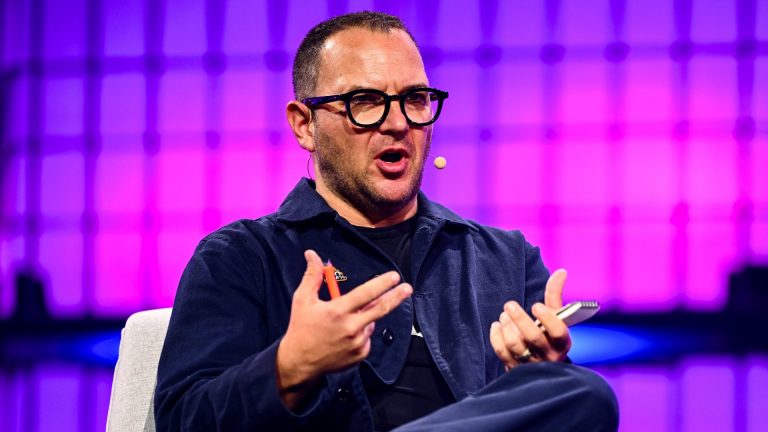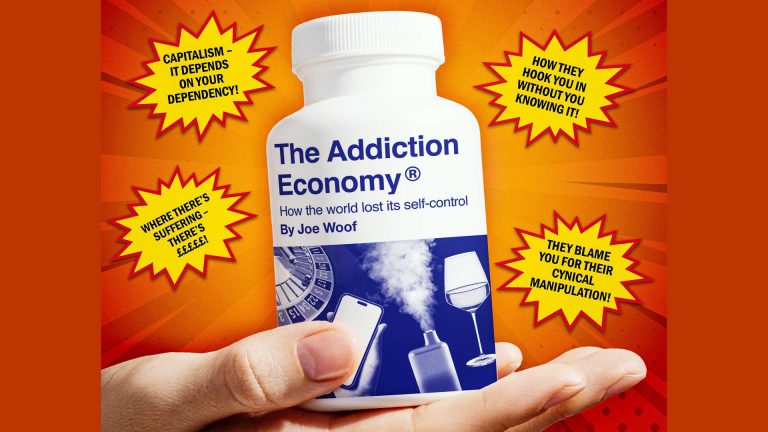Jasveen Sangha, a British-American citizen, has earned herself an unfortunate nickname: the Ketamine Queen. Sangha will soon plead guilty in a Los Angeles courtroom to selling the ketamine that killed Matthew Perry, the Friends actor who died in October 2023. Sangha also pleaded guilty to providing the ketamine that killed another man in 2019. If found guilty, she could face up to 65 years in jail.
Her case has lifted the lid on the wide-spread use of the drug by TV and movie stars, some of whom Sangha supplied from her North Hollywood home, which the federal authorities have referred to as her “stash house”. It seems that the ketamine business was good, and one account even suggested that Sangha had previously attended the Oscars ceremony. Ketamine was her ticket to the good life — until it wasn’t.
But it’s not just the rich and famous who take the drug. In recent years ketamine has surged in popularity across the world.
When the drug is snorted or injected, it is a fast-acting hallucinogen that induces an often disconcerting trance-like state. It has been around for some time now: it was first synthesised in 1962 and grew in popularity through the 1960s and 70s, and usage levels remained fairly constant – until recently.
Something dramatic seems to have happened in ketamine usage in recent years. Crime survey data suggests that, between 2010 and 2020, ketamine use in England and Wales doubled.
That’s a big problem, as ketamine is uniquely dangerous, both psychologically and physically, inducing everything from nausea to psychosis. It is also particularly destructive of the internal organs. If a person takes too much ketamine the walls of the bladder become ulcerated, causing extreme pain and if they continue to indulge, the bladder can shut down, meaning that the heavy user risks becoming irreversibly incontinent.
Ketamine also suppresses breathing, and as alcohol has the same effect, the two combined can be fatal, which puts ketamine users at high risk of overdose. So why would anyone ever want to take it?
One of the biggest attractions is its price – at £20 a gram, “Special K” is much cheaper than alternatives such as cocaine, which can cost more than double the price: during a cost-of-living crisis, cheaper options can grow in popularity.
Another factor in ketamine’s popularity has been its use as an anaesthetic and pain killer for both animals and humans, a history that gives the drug an entirely misleading impression of medicinal safety. It also doesn’t help when high-profile figures, for example Elon Musk, become publicly associated with the drug for flimsy medical reasons. He claimed he was taking it to help with sleeping problems.
That veneer of pharmaceutical safety is itself dangerous, as it proved with Perry, who was taking the drug for pseudo-medical purposes, experimenting with a process called “ketamine infusion therapy” to treat depression and anxiety. However, the doses used in medicine are a fraction of those being taken recreationally. A typical medical dose is less than 100mg, while recreational users will often take 250mg, or even more. In Perry’s case, the medical examiner reported that the level of ketamine in his system was so large it was comparable to the amount required for general anaesthesia.
Suggested Reading


Hooked on Ozempic
And when they do take it, users find the effects highly varied – it can make them feel chilled out but can also induce feelings of intense anxiety. The effects of the drug can also vary from person to person and can change from one session to the next, meaning there is no way of predicting how ketamine will make you feel.
One of the most alarming states described by ketamine users is of entering what they call the “K-Hole”, a state in which they experience out of body feelings and a dissociation from reality. A psychoactive substance with such radical effects on the senses also has severe long-term psychological consequences, and ketamine can induce depression – but at the same time it is also showing promise in clinical trials for the treatment of depression, hence Perry’s prospective treatment. But that paradoxical character is itself a testament to how little we really know about drugs like ketamine, and what it is really doing to the minds of the people who take it.
The Home Office’s reaction to the spread of the drug has been to propose reclassifying it from a class B drug to class A, a legal-bureaucratic adjustment that would rank ketamine alongside heroin and cocaine, and increase penalties for users, dealers and suppliers. In terms of the damage the drug does, that may seem an attractive idea, but changes in classification do not always have the expected effect. In 2014, ketamine was reclassified from class C to class B, and usage by 16-24 year olds promptly increased by 231% – not exactly the outcome Whitehall expected
And anyone in London hoping that a change in UK classification will dent the ketamine market overlooks its global character – most of it is now manufactured in India, China and Pakistan, along with clandestine labs in the Netherlands and to a lesser extent Belgium. International crime gangs such as these are unlikely to be paying attention to press statements from the Home Office.
The chief danger of this global array of illegal labs is that they pay no attention to quality control – their only interest is profit, not safety, which increases the risk of contamination as well as sudden shifts in potency, neither of which are obvious until it’s too late. As a result, ketamine varies in strength from batch to batch, and makes users particularly susceptible to overdosing. There is no official data on the number of fatal ketamine overdoses, but some estimates suggest that, since 2015, these types of deaths have risen by 650%.
The fact that there is no official data on ketamine deaths is itself negligent – it is crucial that we know the extent of these deaths if we are to stand any chance of reducing the number of lives lost. But Britain has turned away from confronting such problems. Specialist drug treatment budgets were savagely cut in 2010 by the then coalition government of David Cameron and Nick Clegg. The current labour government under Keir Stammer has still to come out with a clear policy on drugs and specialist support.
In some ways we can’t be too hard on politicians for their lack of action, as they know there is little sympathy or support among voters for drug-users. That perception only shifts when people experience personal loss due to drugs.
But perhaps it will take the death of a much-loved TV star to bring change to this picture of inertia. In his memoir, Friends, Lovers and the Big Terrible Thing, Perry was open about the ketamine-based treatments he received. During one session, he recalls, as the euphoric, numbing effects of the drug took hold, “‘Oh,’ I thought, ‘this is what happens when you die’.” There can be no greater warning to steer clear than that.
Ian Hamilton is an honorary fellow (associate professor) in addiction at the department of health sciences at the University of York









